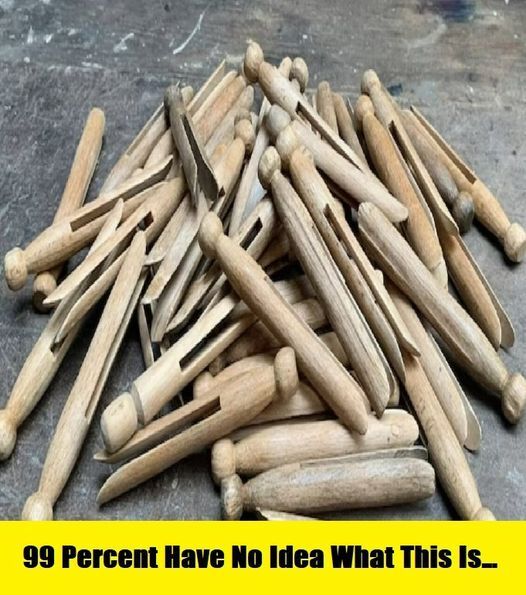
Long before the convenience of modern technology, people relied on their resourcefulness to tackle household chores. One such tool that stood the test of time is the wooden clothespin. From its humble beginnings as a simple wooden peg to its evolution into a convenient two-piece pin, this household essential has a fascinating history. Let’s dive in and explore the journey of the beloved wooden clothespin!
A Nostalgic Tool for Hanging Clothes
Wooden clothespins, also known as clothes pegs, have long been used to hang wet laundry on a clothesline to dry. These pins consist of two wooden pieces joined together at one end, with a spring mechanism providing the necessary grip on the clothing.
Tracing Back to Ancient Times
The roots of wooden clothespins can be traced back to ancient times, where people used various methods to secure their laundry while drying. Early clothespins were handcrafted from natural materials like wood, bone, and even stone. These primitive clothespins often featured intricate patterns and designs.
The 19th Century Innovation
In the 19th century, as the need for efficient laundry tools grew, the modern wooden clothespin emerged. Handcrafted from solid wood, typically maple or birch, these clothespins featured a simple design with two hinged pieces and a small spring or metal wire.
The Patent That Changed It All
In 1853, Vermont’s David M. Smith revolutionized the clothespin with his patent. His design allowed the longer legs of the wooden pieces to move closer while simultaneously pushing the shorter ones apart. This clamping mechanism ensured a secure grip on garments without causing any damage. Additionally, the spring mechanism prevented clothes from being snatched away by the wind – a significant problem faced by washerwomen at the time.
From Handcrafted to Mass Production
With the progression of industrialization, wooden clothespin manufacturing became more mechanized in the 19th and early 20th centuries. As a result, standardized clothespins were produced at a faster rate and lower cost. This made wooden clothespins accessible to households worldwide, solidifying their place as a laundry staple.
Simplicity, Durability, and Eco-Friendliness
Despite the introduction of alternative materials like plastic, wooden clothespins remained popular throughout the 20th century. Their simplicity, durability, and affordability made them the preferred choice for hanging laundry, especially for those without access to modern drying technologies.
The Enduring Legacy
Even today, wooden clothespins continue to be used and cherished in households worldwide. They evoke a sense of nostalgia and eco-friendliness. While plastic clothespins have gained popularity due to their lower cost and mass production, wooden clothespins remain a symbol of traditional laundry practices and sustainable living.So, what do you think is worse – losing socks to the wind or in a dryer? Share your thoughts and let us know! And don’t forget to pass on this story to your friends and hear their opinion too!



